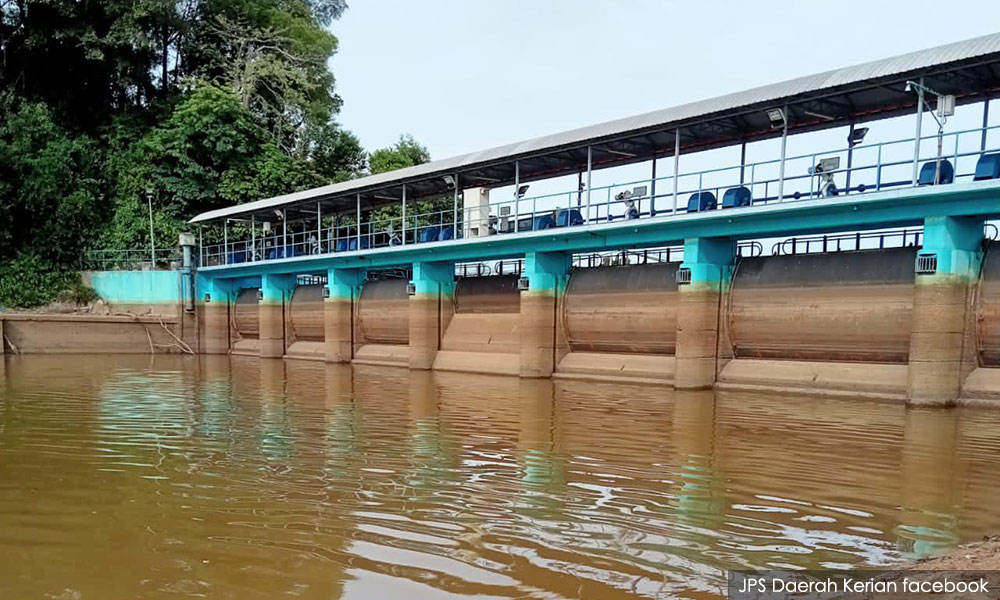Seven dams have been identified as high risk and may cause water supply issues to water treatment plants (LRAs) and their surrounding areas in the event of dam malfunction, including due to weather factors.
National Water Services Commission (SPAN) chairperson Charles Santiago said the seven dams are Pedu and Muda in Kedah; Durian Tunggal, Asahan and Jus in Melaka; Mengkuang in Penang and Linggui in Johor.
He said these dams have been classified as high-risk in the Level of Water Supply Dam Monitoring Report for 2022 after risk assessments were carried out based on three key factors, namely physical performance, storage level record and the number of LRAs in the dam’s areas.
“The risk is to the water supply. It is not that the dams themselves are dangerous, but they can disrupt the water supply because, along the rivers connected to them, there are several LRAs that rely on the dams as their water resources,” he explained in a press conference today.
To reduce the risk, he said the report proposed that the respective state governments develop off-river storage (ORS) for water supply purposes.
“Constructing new dams is seen as less effective because they require extensive catchment area.
“Therefore, the development of ORS is considered an alternative to help improve water source capacity. Besides serving as reservoirs, the ORS can also act as a flood mitigation measure,” he added.

Elaborating, Santiago said that ORS works by taking raw water from the nearby river and channelling it into the reservoir, where it undergoes pre-sedimentation treatment.
The water is then channelled to LRAs for further treatment before being distributed to consumers, he said.
Old dams need reviewing
According to Santiago, Selangor has been using the ORS concept since 2008 in Bestari Jaya, where a former mining area was turned into a water catchment area to support the flow of the Selangor River, which receives water discharge from the Sungai Tinggi Dam and the Selangor River Dam.
“Other state governments need to adopt the same method. We must understand that it is not just the rivers that are important but also the dams to ensure the sustainability of water resources,” he went on.
Santiago also said that the report identified that 16 out of 55 water supply dams in Peninsular Malaysia and Labuan are over 50 years old.
As such, Santiago suggests that the dams be reviewed for design and safety, while active and dead reserves would also need to be conducted due to their original design having undergone significant changes.
SPAN is the regulatory body for the water services industry based on the Water Services Industry Act 2006.
- Bernama



No comments:
Post a Comment
Note: Only a member of this blog may post a comment.